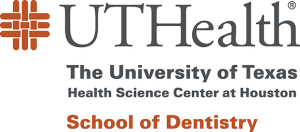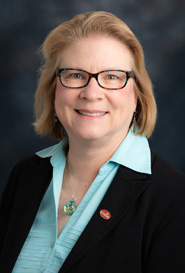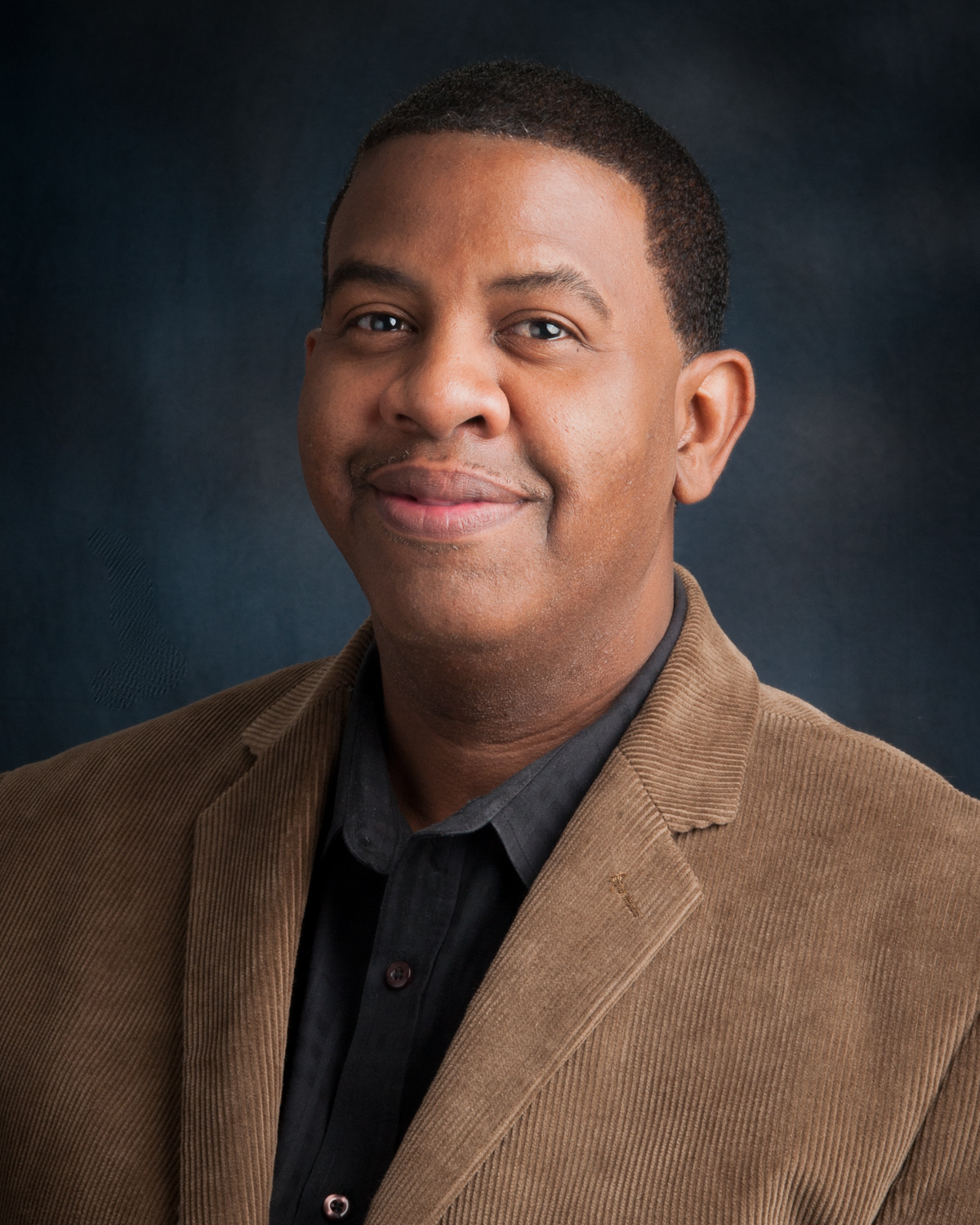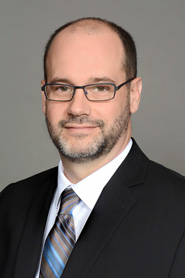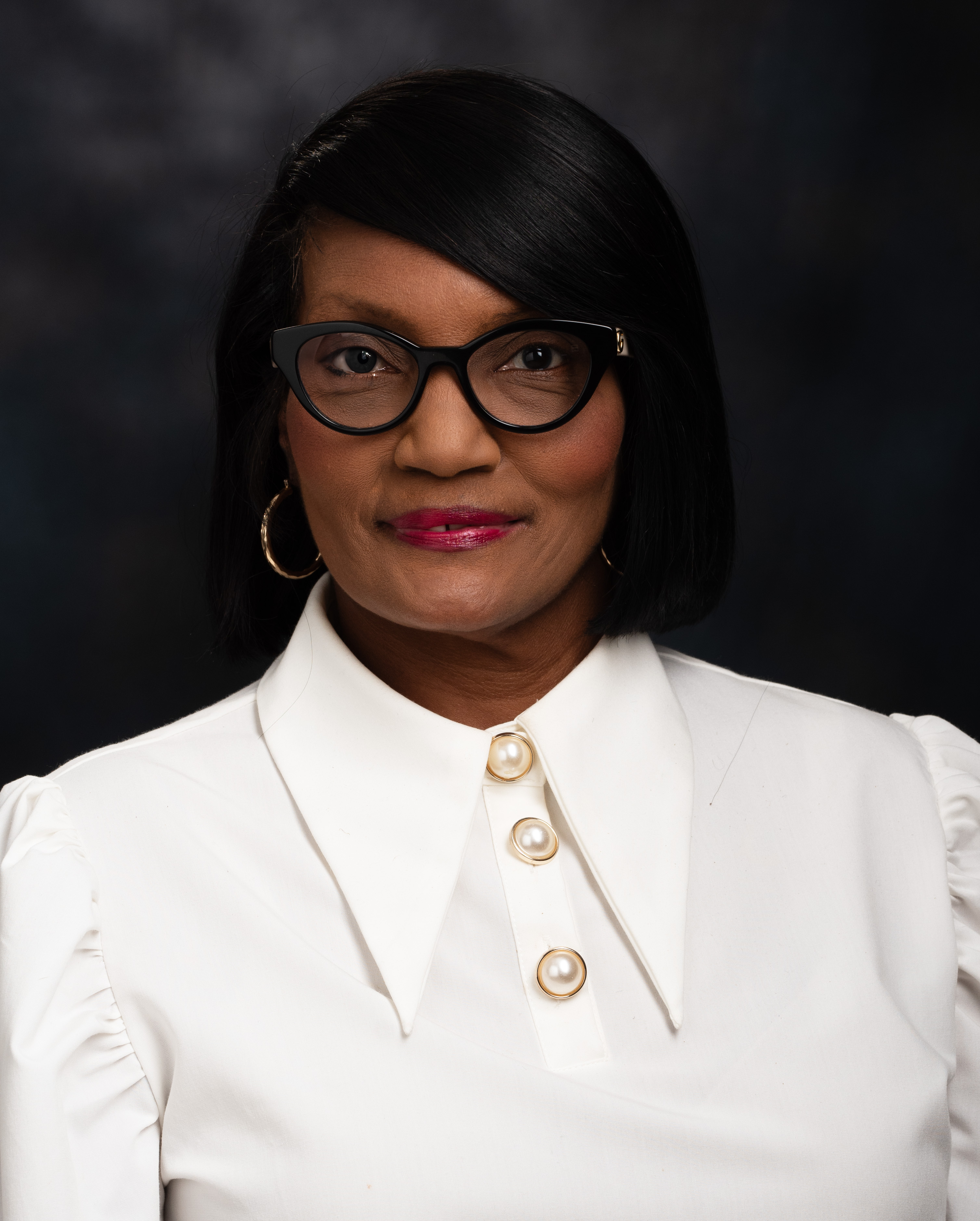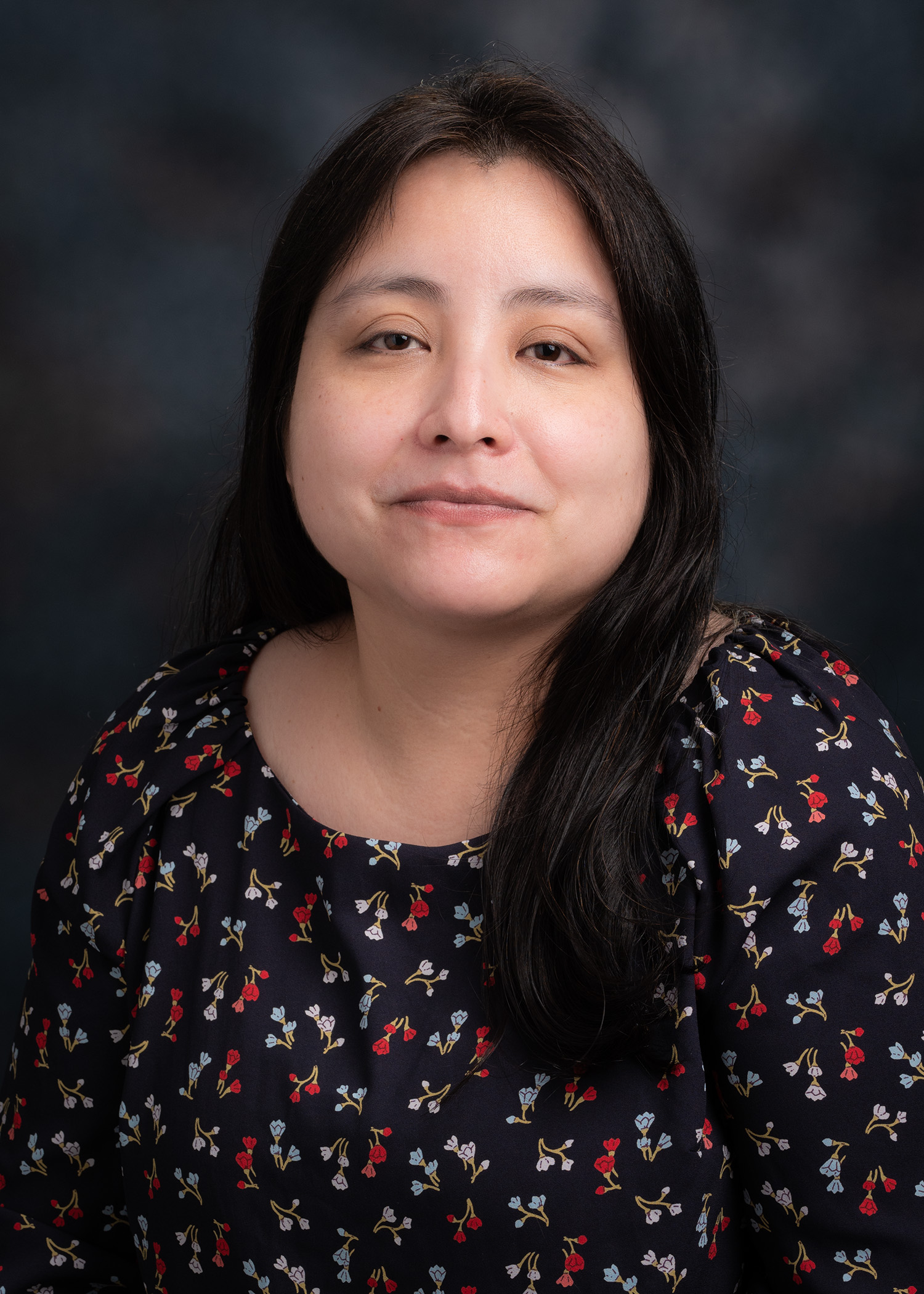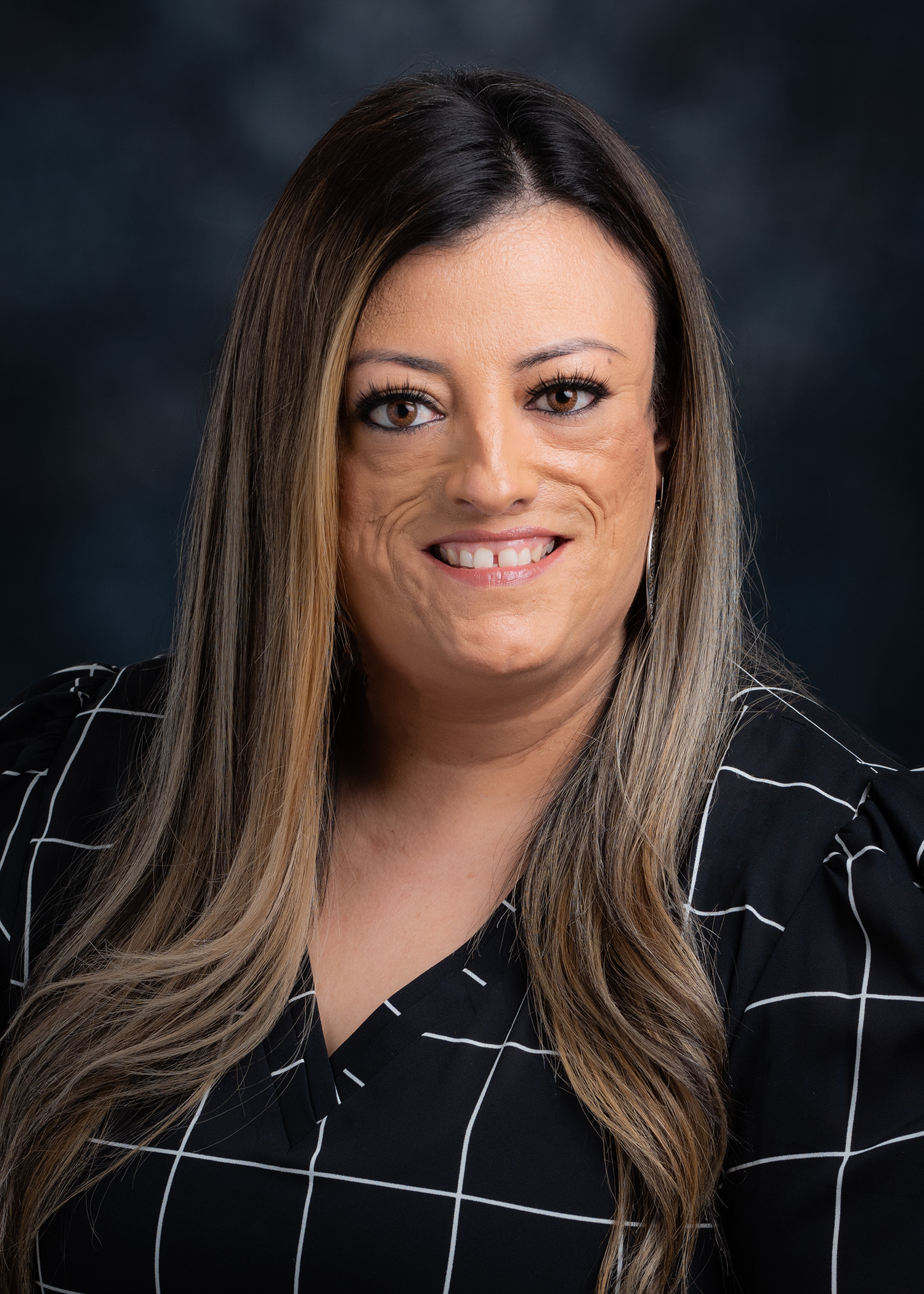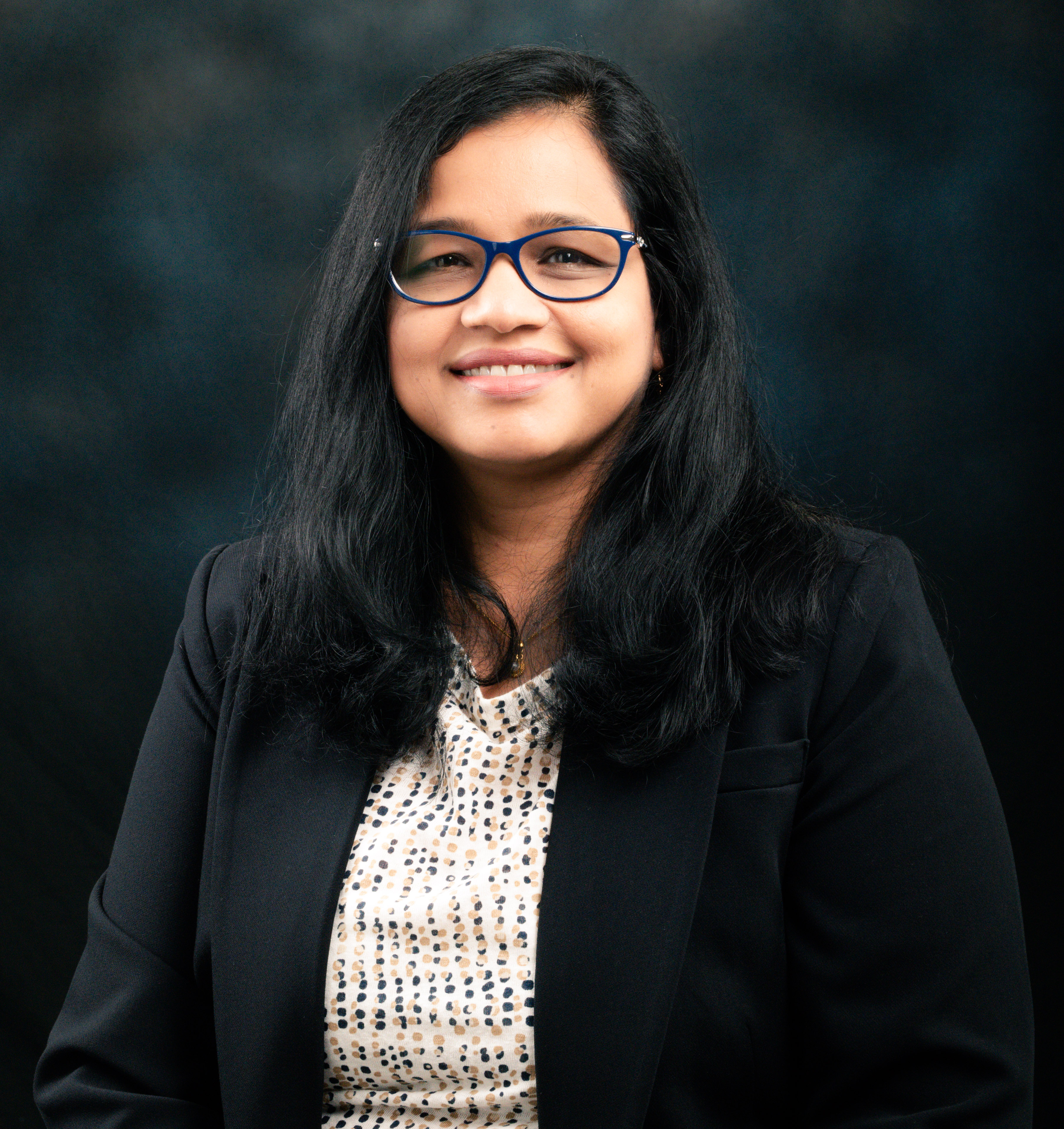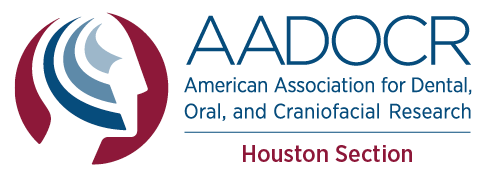FINDING FUNDING
- Sponsored Programs Information Network (SPIN)
- National Institutes of Health (NIH)
- Limited Submission
- Material Transfers and Data Use Agreement
- Contracts / Agreements
Contact: [email protected]
GENERAL GRANT PROPOSAL REQUIREMENTS
- General Grant proposal Information
- Federal Grant requirements
- Non-Federal requirements
- Transfer requirements
- Additional requirements
- Understanding Funding Sources
Contact: [email protected]
What do you need to develop an NIH proposal?
- eRA Commons ID
- Funding Opportunity
- Guidelines
- Forms
- Checklist
- Research Summary
- Research Scope of Work
- Research milestones / timeline
- Data Repositories
- Budget
- Budget Justification
- Person months conversion
- Example budget Justification
- What is needed from a subaward?
- Letter of Intent
- Scope of work
- Letter of support
- Facilities & Resources
- Budget
- Consortium Budget justification
- Biosketch for all Key personnel
- Assurance
- IRB
- IACUC
- Biosafety
- Facilities & Resources
- Equipment
- Resource Sharing Plan
Contact: [email protected]
Route & Submit proposal
Contact: [email protected]
Set up Project
Awards are reviewed and, if necessary, negotiated by Pre-award to ensure the terms and conditions are acceptable to the University. Once the terms and conditions of the award have been negotiated, Pre-award will accept the award on behalf of the University.
Pre-award will send the PI a copy of the Notice of Award or finalized sponsored agreement for review and approval, as well as assist in collecting the necessary documents needed by the Post-Award Finance team (PAF) to setup and manage the account. As part of Pre-award’s responsibility, the allow ability of pre-award costs will be reviewed and finalized prior to sending the account setup request to PAF. All pending items (including any required approvals or assurances) must be complete prior to account set-up.
- Notice of Award
- Research Conflict of Interest Certification Form
- New Investigator Briefing
- Financial Disclosures
Contact: [email protected]
Manage Projects
- Effort Certification Reporting (eCRT) System & Guidelines
- Quarterly Reporting / Progress reports
Contact: [email protected]
Close Out Projects
It is important to close out grant accounts accurately and timely in order to ensure the timely and accurate submission of the Financial Status Report to the funding agency. Therefore, to close out the grant account, it is absolutely essential to:
- Know the grant end date. It is absolutely essential to know the grant end date so that four (4) to six (6) weeks prior to that date, in addition to the on-going monitoring of the grant, the close-out process can begin.
- Make sure all appropriate costs have been expensed.
- Make sure all encumbrances are cleared in a timely manner.
- Make sure all appropriate costs have been expensed and make sure that all encumbrances are cleared in order to:
Maximize the use of funds, making sure all award money is spent appropriately.
Ensure the efficient, effective and timely submission of the Financial Status Report to the funding agency.
- Procedures
- Step to close
- Final Financial Reports
Contact: [email protected]
Other
- What requires Sponsored Projects Review and Approval process
- Signing authority guidelines
- University Jargon, Acronyms & Definitions
- NIH Updates
- NIH grant
- NIDP
- 101
- 102
Contact: [email protected]

